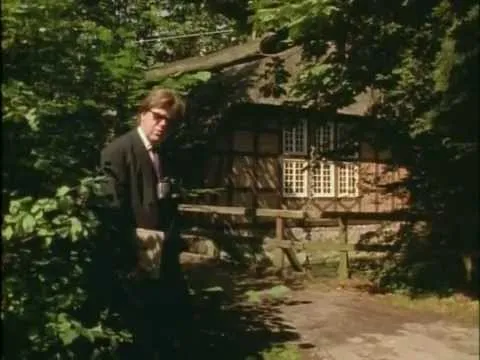
In his book 'The Architecture of Happiness' philosopher Alain De Botton explores the psychological ways in which the spaces that surround us elicit different feelings and support certain behaviour patterns. However, his book does not (presumably because it is taboo) explore the ways in which architecture supports and reflects the dominant, predatory, patriarchal themes of our modern societies.
Every dominant political movement has its own architectural preferences, perhaps none so overt as that of the Nazis, explored here by Jonathan Meades in this excellent and funny documentary:
In short, the Nazis built structures that faciliated their activities: From grand auditoriums like the Sportpalast in Berlin for dictatorial speeches; to the gas chambers for the holocaust. In their new forms, modern Nazis continue to create structures that support their aims.
Dominant ideologies shape architecture
If we broadly agree with this idea: That dominant ideologies will shape and craft the architecture of social spaces; the logical question seems to be: In what ways has our current political system, one of male dominance, the epidemic abuse of children and sexual predatation, shaped the architecture of our spaces? Given that more than 1 in 3 women and 1 in 5 men have been sexually abused, in what ways does the architecture of our modern societies facilitate and support the perpetration of these abuses?
Architecture as Abuse
In its most simple form, the architecture of abuse relies on walls and doors. Both these structures can contain children or adults for the purpose of abuse. Then, other walls and doors, subsequently, protect these abusers from public outrage at their crimes.
To return to an overt example before looking at the covert examples in our present day: The Nazis built concentration camps with perimeter fences and armed guards to keep prisoners inside:
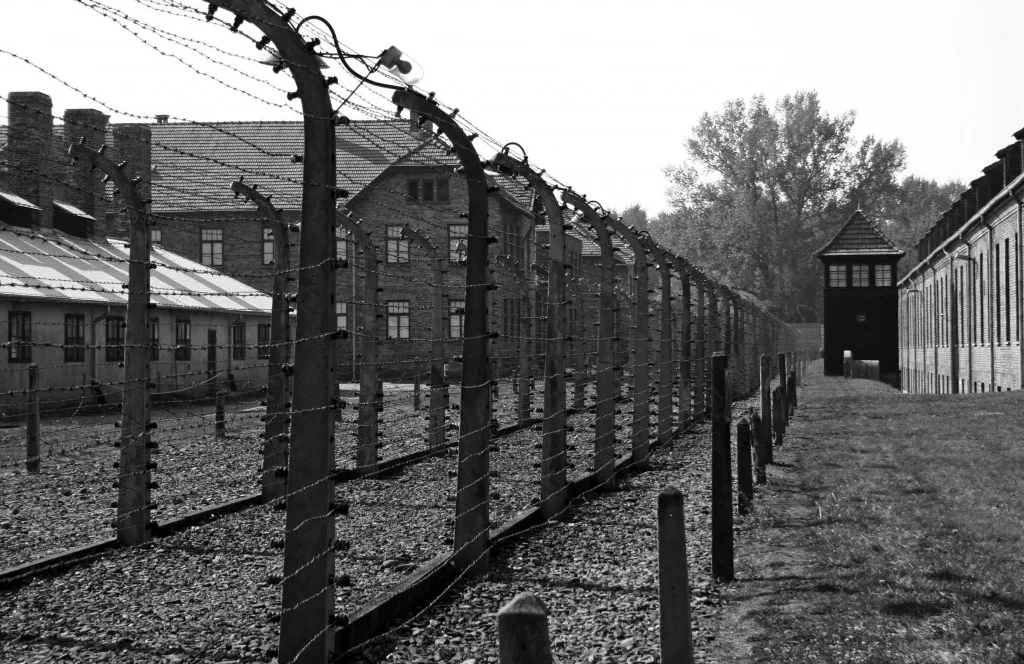
Yet the construction of these abusive compounds necessitated similar-looking compounds to protect the abusers from the consequences of their actions. In other words: For every architectural Yin of abuse; a Yang of self-defence agains the consequences of that abuse is required. And so we get Nazi fortifications like this, which protect the architects of the camps from the consequences of their action. Both are camps. One in which people are abused; the other in which the abuser is protected from consequence:
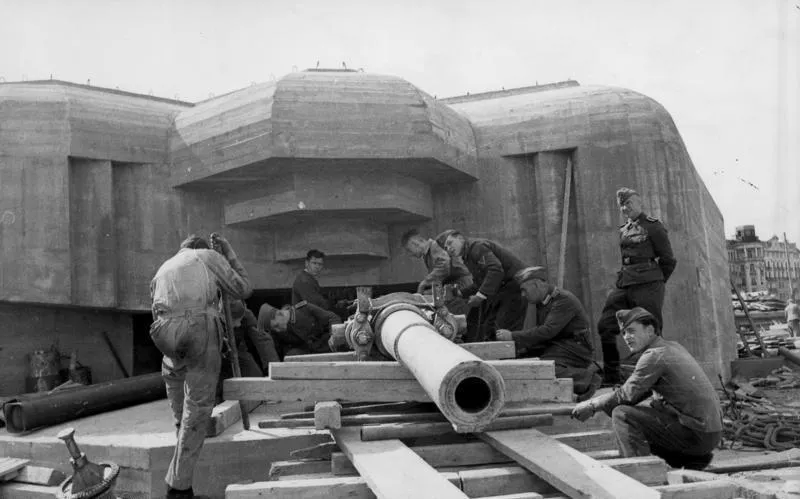
We can see the same pattern played out today. The foreign policy of the Western World, for example, creates concentration camps like this:

Which require corresponding defensive structures like this:

Again, the architecture of a Guantanamo Bay or Abu Ghraib allows abuse to be perpetrated. The architecture of the Pentagon and other so-called 'government' buildings then protects the abuser from the consequences of this abuse. Again, we see how the architectural structures of abuse require a corresponding fortification of the abuser's structure. Every prison-camp requires a corresponding fort. Now let's look at more subtle examples.
The Architecture of Power
Here is Grenfall tower, a structure that was designed to provide low-cost housing to those on a low income in London, UK:
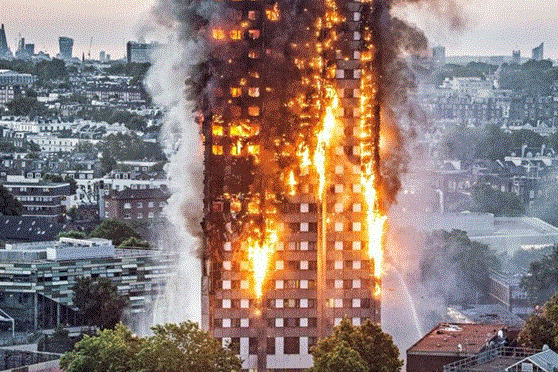
This fire killed many people on account of the neglect of wealthy land owners. The British Government has always neglected to represent or support lower-income people. Instead, it has supported the ambitions and needs of those at the top of feudal hierarchy. So, it has been necessary for the abuser to build corresponding fortifications to enable covert massacres like this to continue. Look, for example, at the defensive architecture surrounding the residences of those who perpetrated this abuse:
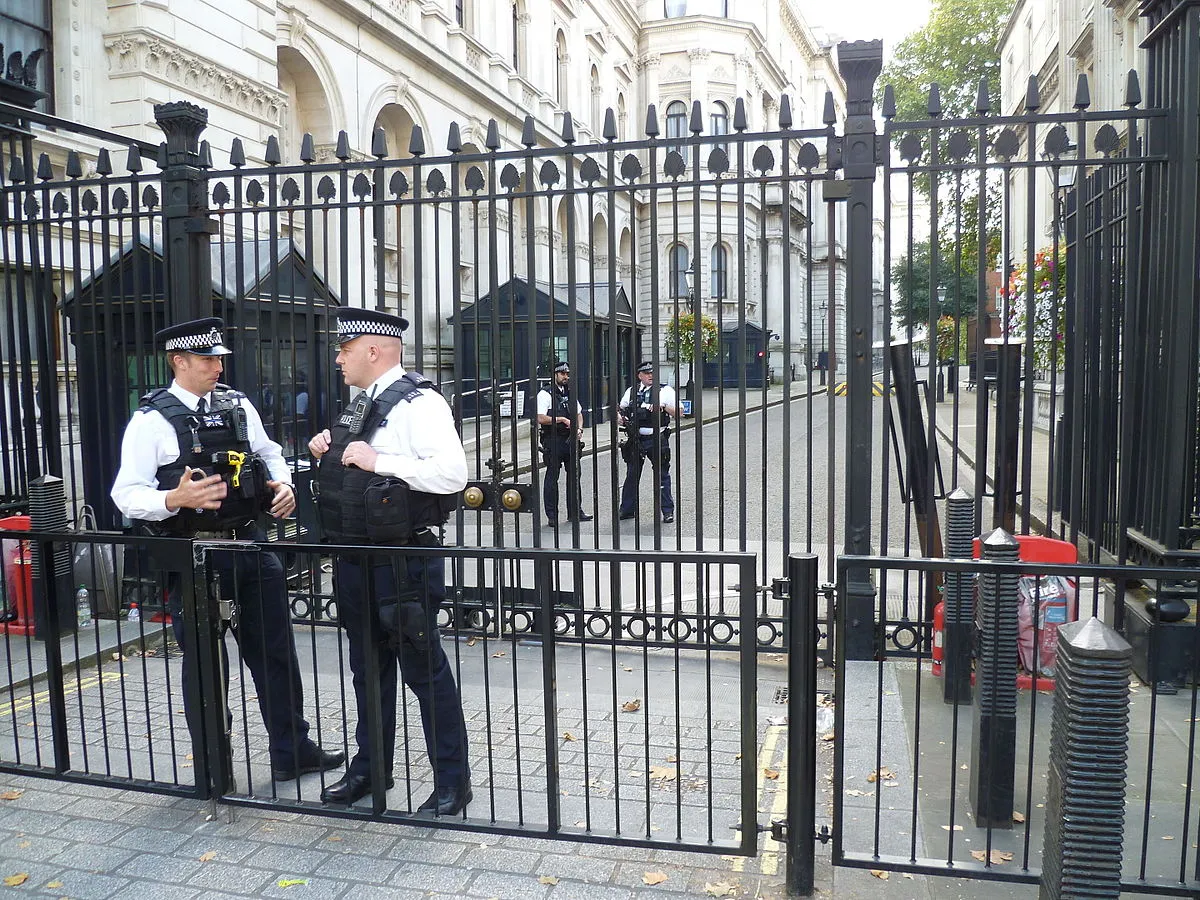
Castles vs Farms
Traditionally, farms existed outside the castle walls. This feudal structure allowed the wealthy land-owner to defend his or her interests (usually his) above the interests of the 'common' people. This is true even of today. Here, we can see the architecture of a modern farm:

Or here:
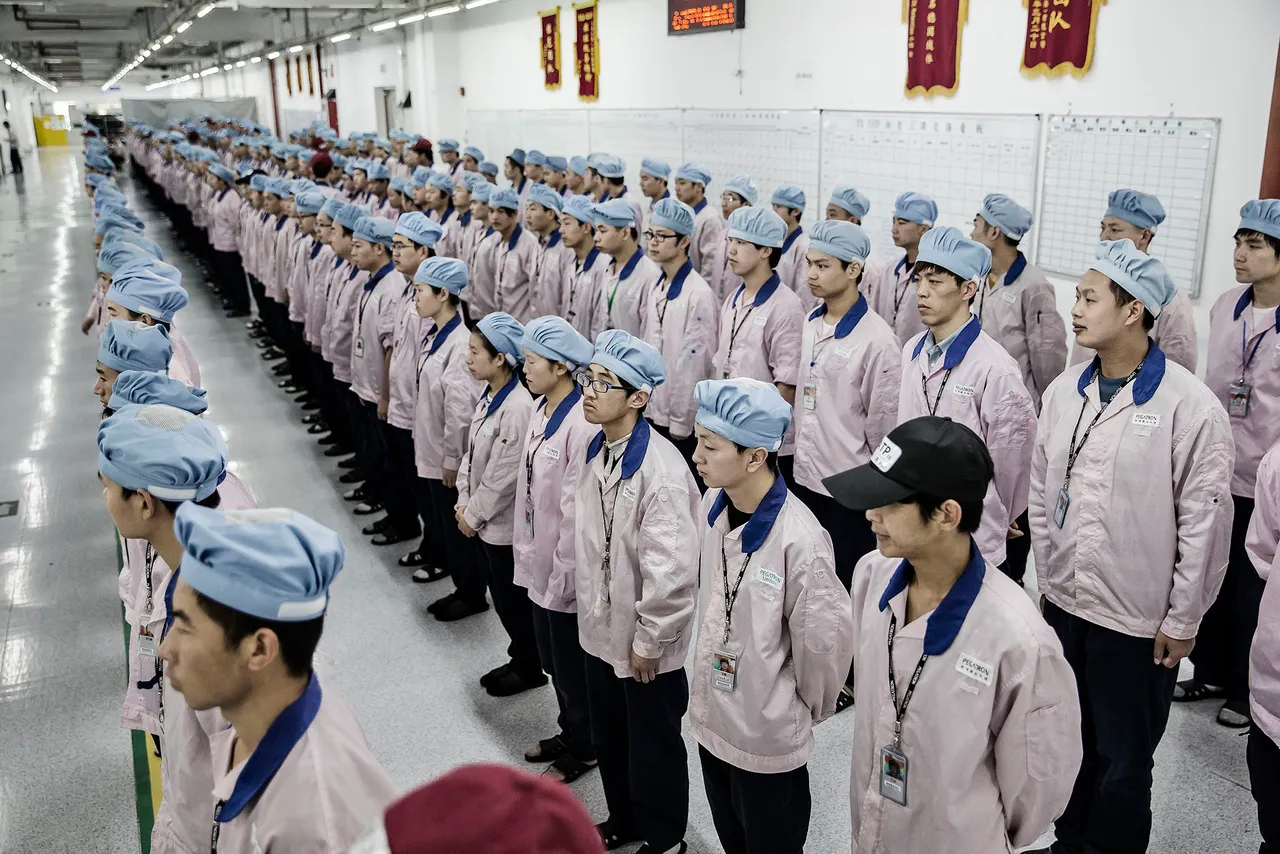
And the corresponding architecture that protects those who run the farms. In other words, the 'castles' that the farms report to:
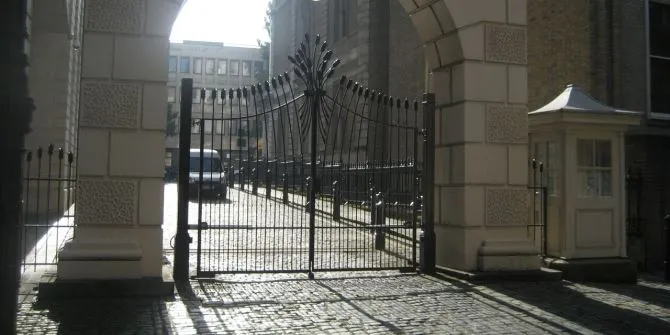
A rich, gated-community in central London
Rowland Atkinson, a Professor at the University of Sheffield, wrote of these rich Castle-owners that, "elaborate security systems, a supporting cast of staffers, and other services, enable a seamless engagement with space are all in place and emanate from the domestic realm. The ultimate goal of many buyers is a space that allows drive-in car parks with internal exits." In other words: The abuser need not in any way be in contact with the consequences of his abuse: He is architecturally insulated from the 'common people', and therefore his actions, through the design of the spaces he exists in.
It seems that the architecture of abuse always requires two components to function: Both walls and doors to keep the abused trapped inside; and also corresponding walls and doors to keep the abuser protected from the fallout of his exploitation of society.
In short: For every mansion, somewhere else there is a prison cell.
